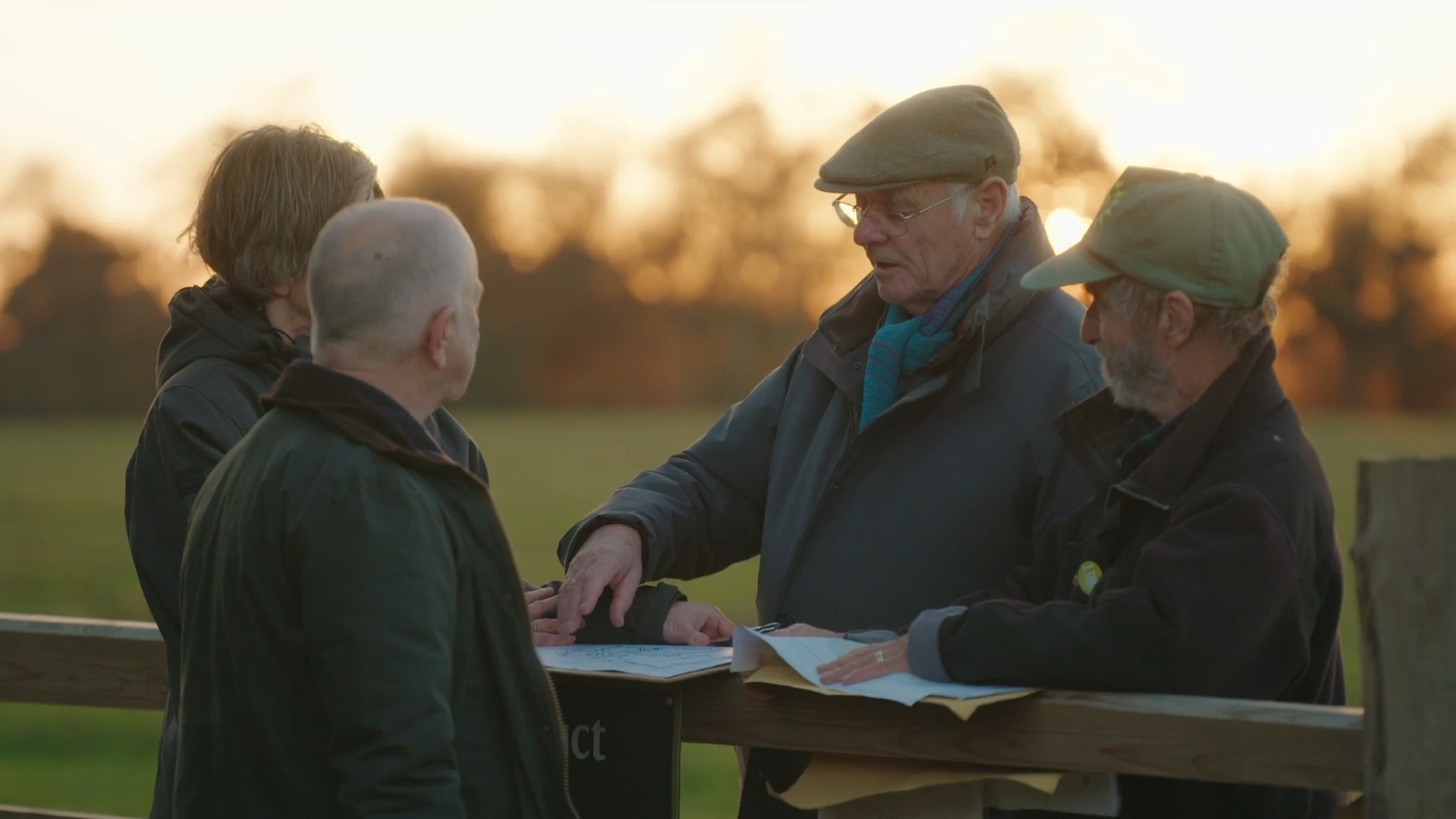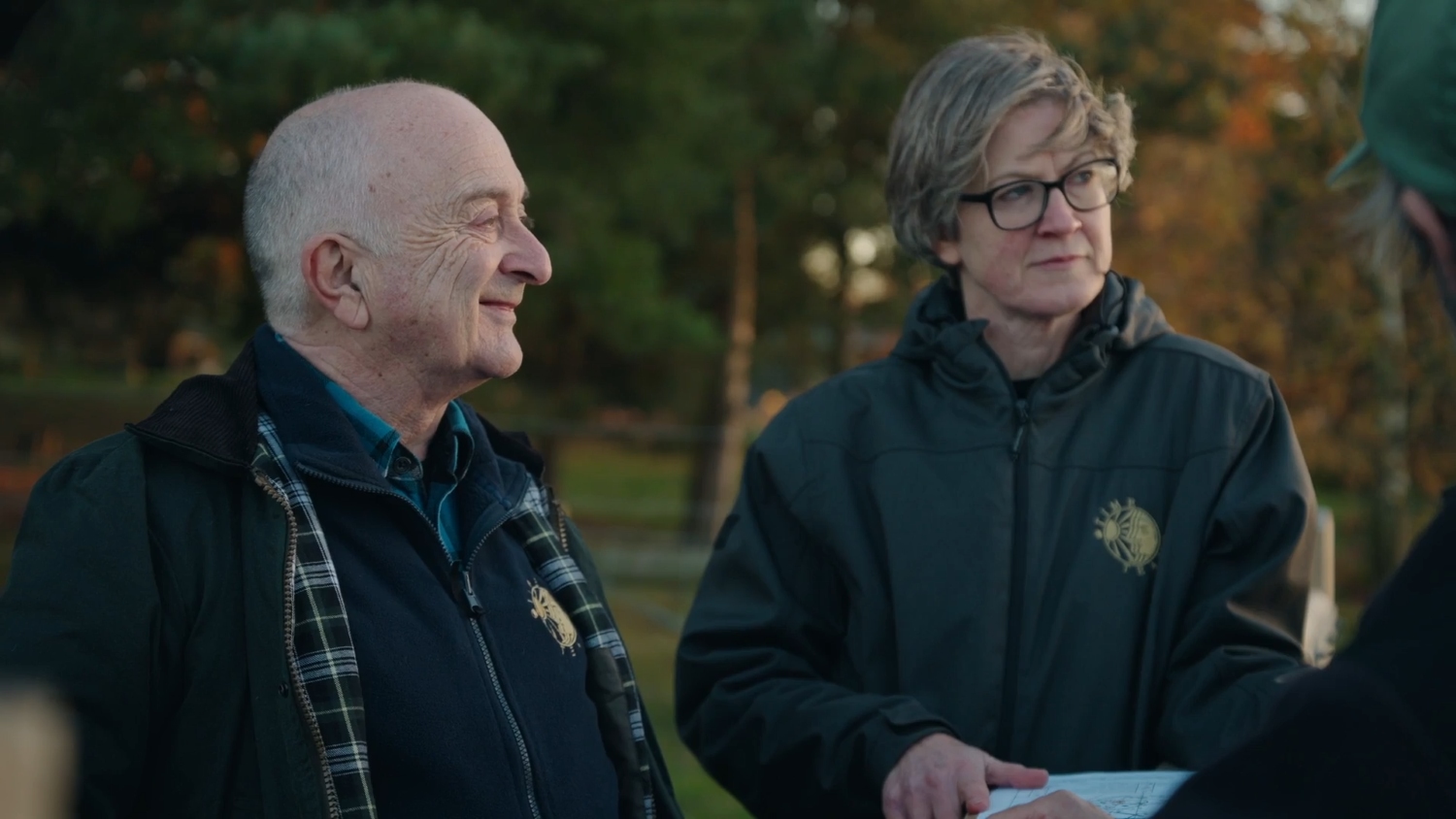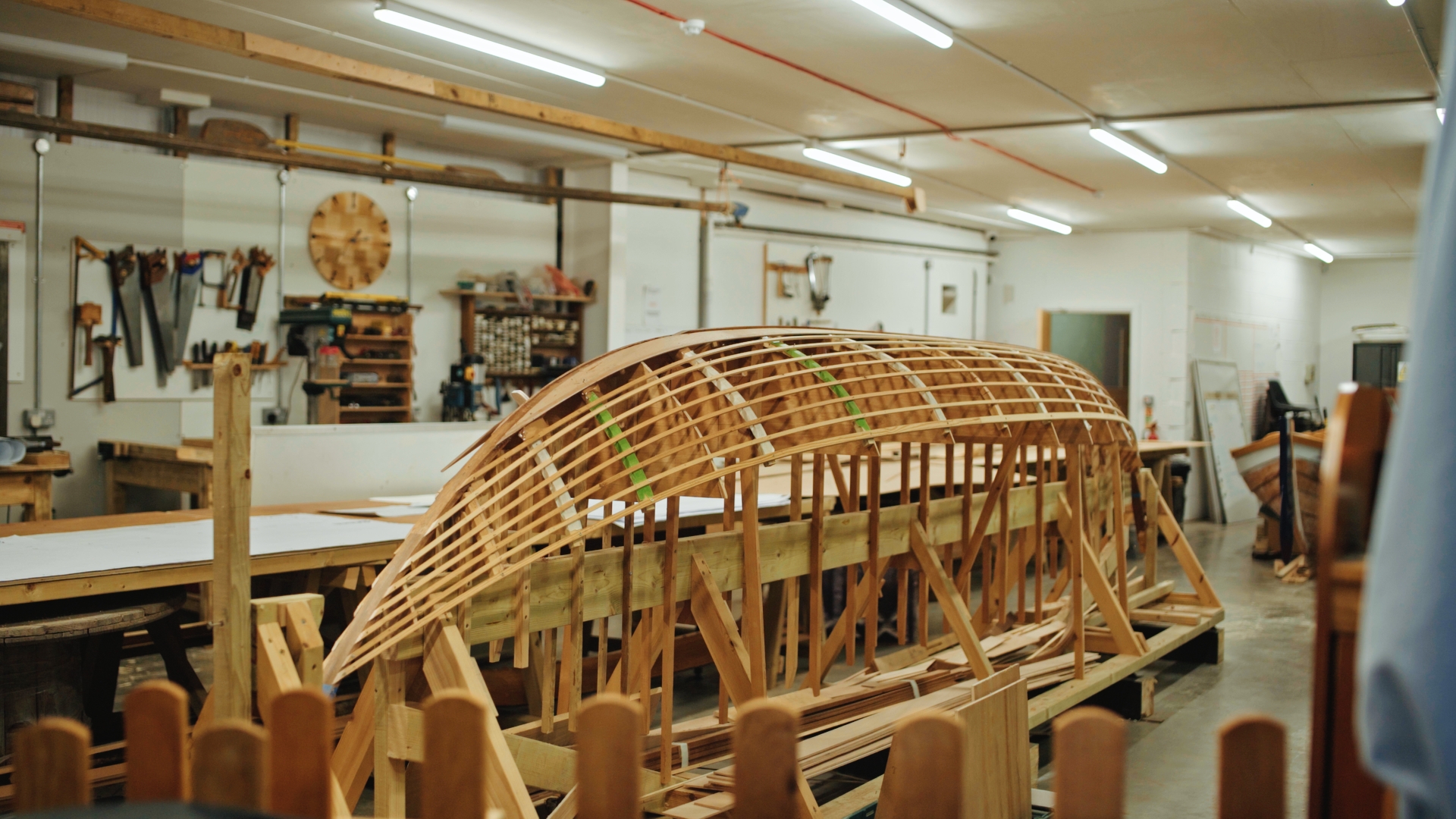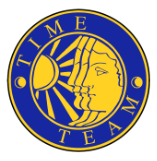Sutton Hoo
Time Team | Sutton Hoo
Time Team has begun an exciting journey of discovery into one of Britain’s most iconic archaeological sites.
%20National%20Trust%20Images%20Phil%20Morley.jpg)
Image credit: National Trust / Phil Morley
In 1939, one of the greatest archaeological discoveries Britain has ever witnessed was made at Sutton Hoo Anglo-Saxon Royal Burial Ground in Suffolk. Amateur archaeologist Basil Brown uncovered an incredible ship burial complete a wealth of treasures, including the now iconic helmet, painstakingly pieced together from tiny fragments. It is believed to be the last resting place of the early 7th century king, Raedwald. The story captured audiences’ imaginations in the recent Netflix hit, The Dig, starring Ralph Fiennes as Basil Brown and Carry Mulligan as Edith Pretty.
Sir Tony Robinson to present Time Team Special as part of two-year archaeological project at Sutton Hoo with the National Trust
CATCH UP WITH THE STORY SO FAR... Watch Sutton Hoo Series 1 (Parts 1-4) on our YouTube channel, and head behind the scenes with the latest chapter (Series 2) of the Sutton Hoo 2025 dig on our Patreon page now. Plus get early access to the first episode once released and so much more!
The National Trust has joined forces with Time Team on a new two-year research project at Sutton Hoo. It’s hoped that the archaeological project, coordinated in partnership with Time Team, will help build a greater understanding of the Suffolk site, which is famous for the Anglo-Saxon ship burial discovered there in 1939.
This research partnership will build on the work carried out by Time Team in 2021 and 2022, when they conducted magnetometry and ground penetrating radar surveys of both the Royal Burial Ground and Garden Field, working with SUMO Geophysics, Aerial Cam and Guideline GEO | MALÅ, and partially funded by the Sutton Hoo Society.
“In all my years exploring archaeology, I never, ever thought that I would get a chance to be involved with an excavation of Sutton Hoo, that is so exciting.” Sir Tony Robinson
Regional Archaeologist for the National Trust, Angus Wainwright said: “Time Team’s geophysical survey identified several mysterious features in Garden Field. We want to determine if they are archaeology or geological features. To do this we are carefully planning for an archaeological dig in June.

“Garden Field has an extraordinary amount of archaeology in it, from prehistoric fields and possible burial mounds through to Roman settlements and an Anglo-Saxon cemetery, but who knows what else may be hidden there.
“We know from previous work in this field, it’s likely we will find prehistoric flint tools and fragments of Anglo-Saxon objects from burials scattered through the plough soil, but working out what the mysterious geophysical anomalies are will be our focus.
“We hope to find evidence of the deep-time prehistory of Sutton Hoo and perhaps more information about the Anglo-Saxon cemetery, which we first discovered in 2000, when we were building the visitor centre.
“The approach will be painstaking, recording all the finds in 3D from the ground surface, down through the plough soil until we reach the undisturbed archaeology.”

Supported by Field Archaeological Specialists (FAS), this latest project will involve members of the 1980s archaeological team who carried out a dig on the Royal Burial Ground.
Time Team’s Series Producer and Creator, Tim Taylor, said: “We are incredibly thrilled to expand our relationship with Sutton Hoo, delving deeper into the history of one of Britain’s most iconic sites. The story of Sutton Hoo has captured the world’s imagination, as we can see by the success of the award-winning film The Dig, and we hope to reveal yet another exciting chapter.”
As well as the anomalies in Garden Field, the recent and first large-scale geophysics survey of the Royal Burial Ground, funded by Time Team and the Sutton Hoo Society, is continuing to grow the National Trust’s understanding of the site.
Angus added: “The discovery of the Great Ship Burial in 1939 not only stunned the archaeological world but set the scene for further exploration. Later archaeological campaigns at Sutton Hoo helped solve mysteries left by the original dig and revealed more about life in the Anglo-Saxon kingdom of East Anglia. We can’t wait to see what this next chapter will bring.”
Time Team expert, Dr Helen Geake added: “It feels so exciting that we can uncover a new area, a new part of the landscape. It's a tantalising piece of the jigsaw puzzle that we've always known a bit about, but to be able to find something new and tangible would be truly amazing.”
The National Trust will be working with archaeology volunteers to help support this project and there will be plenty of opportunities for visitors to see archaeology in action when the dig takes place this June. Keep an eye on the National Trust’s website and social media for more updates leading up to the excavation.
Time Team will document this unique investigation as it unfolds, culminating in a documentary special, presented by Sir Tony Robinson, and with a series of exclusive updates for fans on the membership platform, Patreon.
Full details of the coverage and documentary release dates will be confirmed in a future announcement.
Working in partnership with the National Trust, we have carried out cutting edge geophysics and photogrammetry surveys to shed new light on Sutton Hoo’s Royal Burial Ground and adjacent cemeteries.
We are also working with the Sutton Hoo Ship’s Company to film their incredible reconstruction of the iconic ship.
“It’s safe to say we’re looking forward to being immersed in the Sutton Hoo story!” Tim Taylor, creator and Series Producer of Time Team.
State-of-art research project at Sutton Hoo (2021/2022 surveys)

Image credit: Samuel Bignell
Working alongside National Trust archaeologists, a series of investigations have been planned to build up a more complete picture of the historic site. Ground-penetrating radar (GPR) has been used on the Royal Burial Ground, including some areas for the first time. Magnetometry surveys have also taken place on a scale that’s not been possible before, with high resolution, in an area adjacent to the High Hall exhibition. It was during construction of this exhibition building in the early 2000s that an Anglo-Saxon folk cemetery was discovered.
Photogrammetry, the science of extracting 3D information from photographs, is another process that Time Team is using, supported by Aerial Cam, to help bring the landscape to life in the form of an interactive and immersive 3D digital model.
Laura Howarth, Archaeology and Engagement Manager at Sutton Hoo, said: “The excavations that took place here in the 1930s were amongst the beginning thrilling chapters of archaeological investigation, but we are really excited to be working with Time Team on these latest instalments to the Sutton Hoo story.”
Tim Taylor, Creator and Series Producer of Time Team, said: “Sutton Hoo has always held a special place in our heart. We are delighted to play a role in shedding new light on such an iconic site. Combining state-of-the-art technology, working with colleagues at SUMO Geophysics, Aerial Cam and Guideline Geo | MALÅ and using Time Team’s global reach, we look forward to making some wonderful discoveries and sharing them with audiences around the world.”
Tim added: “The Dig was about one man and one woman’s desire to find out more about our past. I think Basil Brown and Mrs Edith Pretty would be delighted and intrigued about the new technology.”
The results of the latest investigations will be shared by Time Team and the National Trust in the spring.
Discover more about the National Trust and Sutton here.
Reconstructing the iconic ship

Image credit: Samuel Bignell
Time Team is delighted to be working with the Sutton Hoo Ship’s Company, to film the amazing reconstruction of the iconic Sutton Hoo ship led by Professor Martin Carver and Jacq Barnard. Members of the team including Tim Taylor and Helen Geake recently visited the Longshed in Suffolk to meet the team led by Professor Martin Carver, and witnessed the talented shipwrights at work.
Discover more about the SHSC here.
Watch part 1 of the Special Documentry on The Sutton Hoo Ship reconstruction HERE:
Discover more about Sutton Hoo
We’re thrilled to be involved in two wonderful projects at one of Britain’s most iconic archaeological sites, and look forward to sharing more details in the weeks and months ahead…
We have a whole range of exclusive Sutton Hoo content on the Time Team Official YouTube channel, from updates on the build from the Longshed to interviews with key players and authorities on Sutton Hoo, including: author of The Dig, John Preston; Time Team’s resident Anglo-Saxon expert, Dr Sam Newton; Oxford University’s Professor Helena Hamerow; Professor Martin Carver; skilled shipwrights and much more.
